
In August 2008, shortly before the opening ceremony of the Olympics, the Beijing sky was thick with smog. To the Communist Party bigwigs, this was an unacceptable backdrop for China’s big debut on the international stage. So, the Beijing Weather Modification Office was called in to clear the air.
 |
|
| More in this series: | |
| The Diplomatic Deadlock | 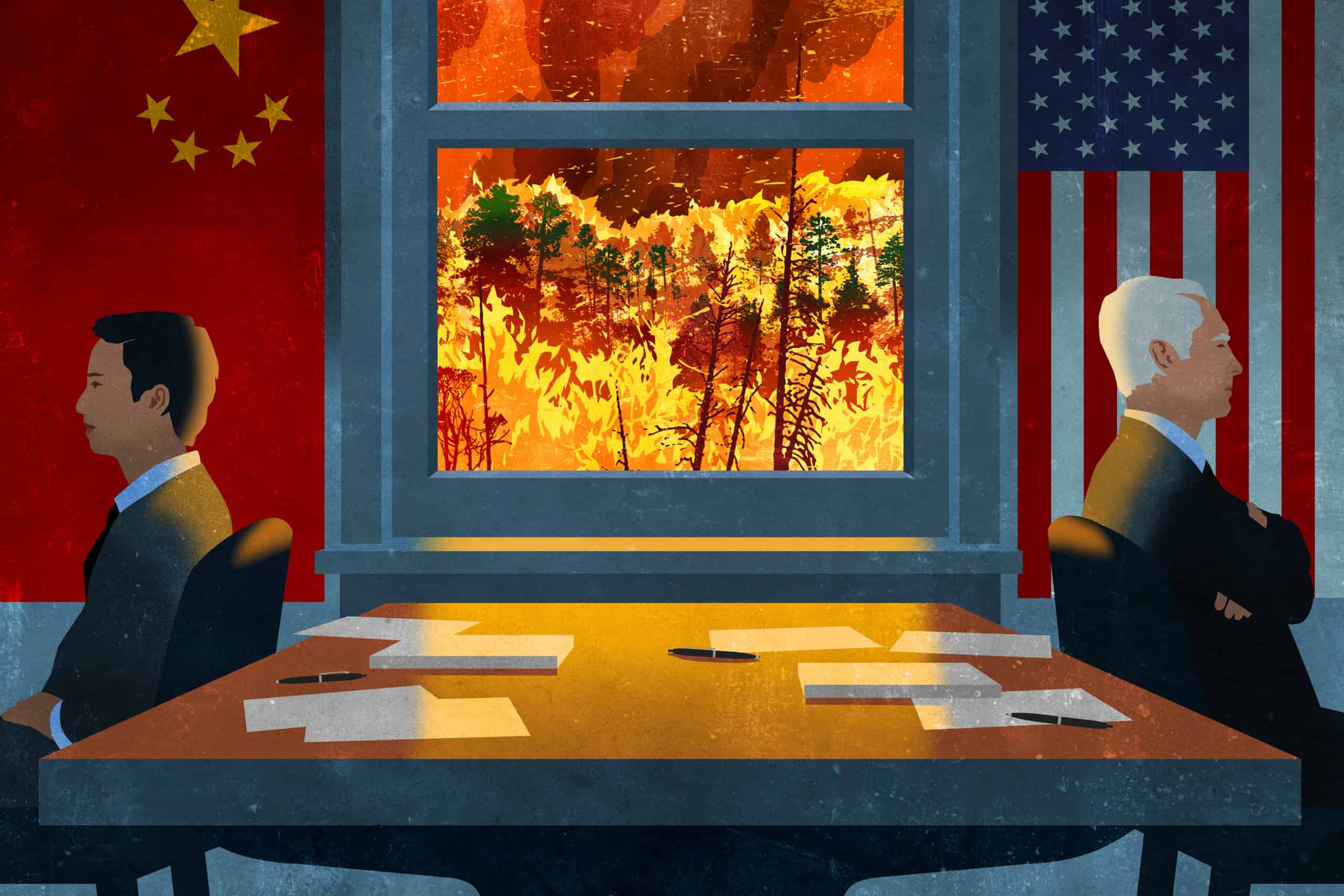 |
| The Adaptation Advantage |  |
| Pole Position |  |
| The Ocean Edge |  |
| Climate Consensus |  |
With planes and modified anti-aircraft guns, technicians fired canisters of silver iodide into the clouds, releasing ice-like crystals. The water vapor condensed, and it rained all around the city. By the time the foreign visitors arrived, the Beijing skies had turned to a picture-perfect blue.
Human beings have long dreamed of controlling the weather. In the 1840s, James Pollard Espy, the U.S. federal government’s first meteorologist, proposed setting fire to the Appalachian mountains to stimulate rainfall. In the 1960s and 1970s, following in the tradition of Josef Stalin’s “grand plan for the transformation of nature” to increase agricultural output and “beat drought,” Soviet climatologists proposed a range of strategies to “improve” the country’s climate, including by detonating hydrogen bombs and punching holes in the ozone layer.
But China has turned controlling the weather into an almost daily habit. Twenty years ago, in 2002, China’s State Council published the “Weather Modification Administrative Regulation,” which stated that alteration of weather patterns could be a method of “preventing or mitigating meteorological disasters.” Initial projects were successful, and by the end of the decade, more than 37,000 people were employed in rain-making projects across China, from military engineers to rural workers trained to operate cloud-seeding artillery guns. In China today, cloud seeding is so commonplace that on blue sky days, Beijingers sometimes joke that an important political gathering must be taking place.

This is just one trick in a basket of emerging technologies for engineering the weather and climate. Some “geoengineering” technologies are localized, like cloud seeding and marine cloud brightening, which increases the amount of sunlight reflected back into space. Others are global interventions, such as direct capture of carbon dioxide from the atmosphere or the more controversial solar radiation management (SRM), which involves spraying tiny particles of sulfur dioxide into the upper atmosphere to reflect solar radiation over the whole earth, counterbalancing the global warming effect of greenhouse gasses.
It sounds far-fetched, but experts say that the science behind SRM is as clear as the Beijing sky was in August 2008.
China’s expanding weather modification activities are concerning, and American scientists are talking glibly about their own geoengineering research.
Isabel Hilton, founder of China Dialogue
“It appears, based on the available information, that it’s physically possible to turn down the dial on the global thermostat by managing stratospheric aerosols,” says Chris Field, director of the Stanford Woods Institute for the Environment and lead author of a National Academy of Sciences report on the subject. “It may very well turn out that the biggest challenge of this issue is the human dimension, not anything related to technology.”
Never has the prospect of geoengineering the global climate seemed so technically feasible — or potentially necessary. With climate diplomacy deadlocked, researchers and policy makers are grappling with extreme warming scenarios and sobering choices. If atmospheric temperatures warm more than 2 degrees Celsius in this century, even the most ambitious adaptation strategies will not provide complete protection. While experts note that geoengineering is not a good alternative to cutting carbon emissions, techno-optimists believe that it deserves serious consideration as part of a set of interventions for reducing climate damage. Recent studies suggest that SRM could be made to work for as little as a few billion dollars a year — making it tempting for many countries (or even a handful of wealthy individuals) to deploy it.
But geoengineering is fraught with risk. What if interventions to increase rainfall in one part of the world cause drought in another? What if major countries decide to deploy SRM, but cannot maintain a consistent concentration of aerosols in the atmosphere, causing global temperatures to zigzag out of control? What if the technology causes unexpected and irreversible shifts in the climate system, putting the global food supply in jeopardy?1If SRM was stopped without greenhouse gasses being extracted from the atmosphere concurrently, a phenomenon called “termination shock” could occur. Sunlight coming down through an atmosphere much thickened with greenhouse gasses would spike temperatures much faster than if SRM had never been attempted. Some experts predict that termination shock may entail that global temperatures skyrocket at double the current rate.

“Anything built by humans and operated by humans can fail, whether it’s the Boeing 737 Max or the Fukushima nuclear reactor. It doesn’t matter how carefully the engineers think they’ve checked their work,” says Alan Robock, a professor in the Department of Environmental Sciences at Rutgers University. “Would we want to run that risk with the planet?”
Then there is the geopolitical dimension, which in some ways is even more concerning. If the U.S. and China remain locked in a Warming War — a toxic feedback loop in which great power rivalry and climate change exacerbate each other — then a diplomatic crisis over the issue of geoengineering may be the inevitable result. The U.S. and China are not just the world’s two largest carbon emitters, competing for hegemony over a planet on the brink of accelerating and irreversible ecological change. They are also the two scientific powerhouses most capable of funding, testing, and deploying global geoengineering projects like SRM. If third countries or rogue non-state actors try to geoengineer the climate on their own, it will probably be impossible to stop them unless the U.S. and China work together.
Yet the current state of cooperation between the U.S. and China on the geoengineering issue leaves much to be desired. “Climate modification is a hugely dangerous unregulated space,” says Isabel Hilton, founder of China Dialogue, an environmental nonprofit based in London and Beijing. “China’s expanding weather modification activities are concerning, and American scientists are talking glibly about their own geoengineering research.”
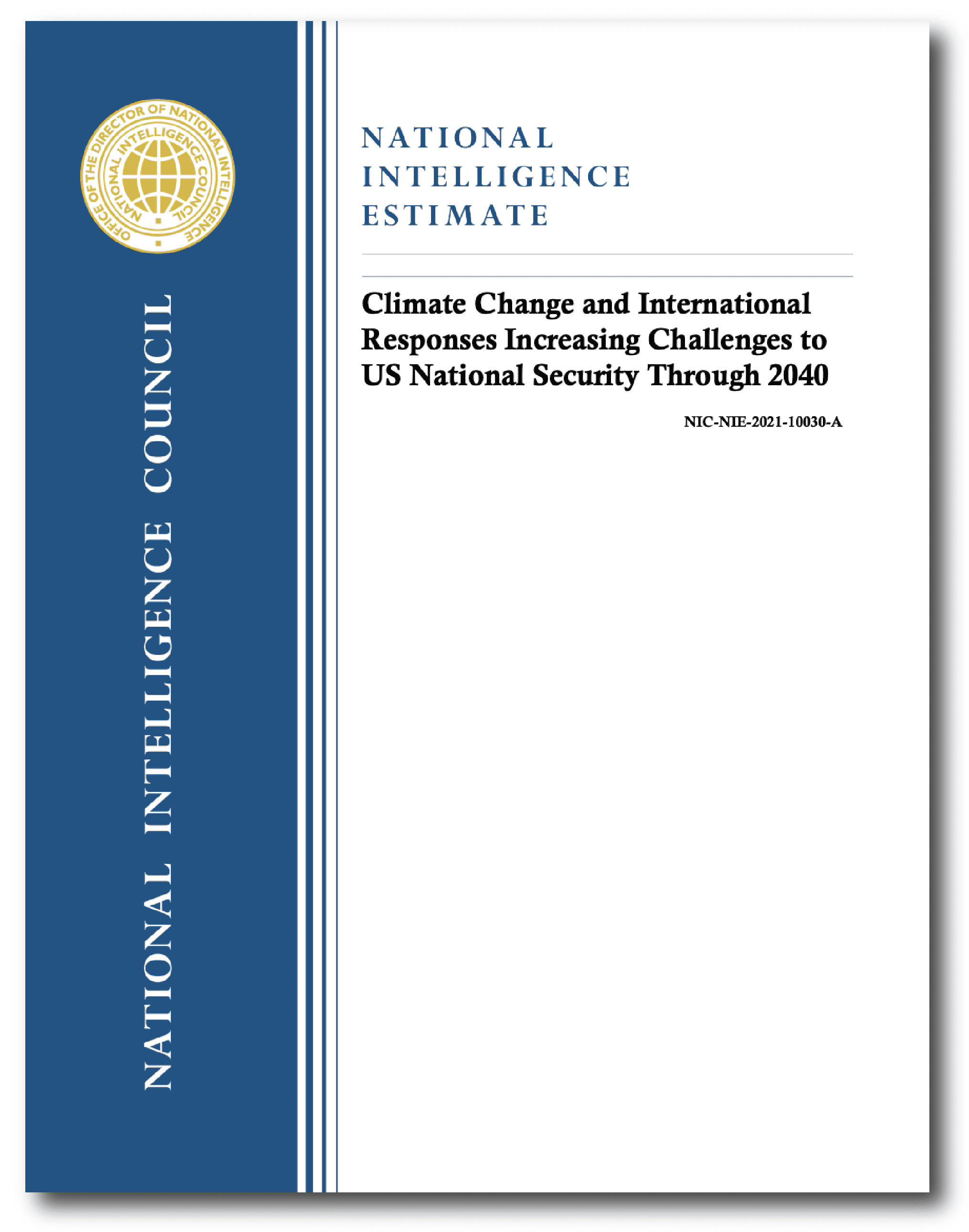
Some international security experts worry that states could use the threat of geoengineering to blackmail their rivals, or even deploy it as a weapon to improve the climate within their own borders while playing havoc with other countries. The Biden administration’s 2021 National Intelligence Estimate on climate change sounded the alarm about these risks, highlighting the “increasing chance that countries will unilaterally test and deploy large-scale solar geoengineering — creating a new area of geopolitical disputes.”
Without a governance body to set regulations and enforce transparency, the U.S. intelligence community warned, “state or nonstate actors” could “independently develop or deploy the technology — possibly covertly — in a manner that risks conflict if other nations blame them for a weather disaster they believe was caused by geoengineering.”
China’s most prominent experts on geoengineering seem equally concerned that states might deploy SRM against China’s wishes. One has even warned that “some countries” might use a “military logic” to justify unilaterally deploying SRM.

Both countries have a lot to lose from geoengineering gone wrong, which means that, in theory, there ought to be space for meaningful cooperation. But for now, there are not any formal channels through which the two sides can monitor each other’s research activities, nor is there a robust international legal framework to govern the deployment of the technology. No one knows how the international community would coordinate the implementation of geoengineering, or how it would manage disagreements between powerful states.
In short, the failure of the U.S. and China to put guardrails on their rivalry could put the world on track for a geopolitical and ecological crisis over geoengineering.
“There is an obvious parallel to nuclear technology,” says Elizabeth Chalecki, an associate professor of political science at the University of Nebraska, Omaha, and one of the leading analysts of the security implications of geoengineering. “The key difference is that in the context of mutually assured destruction, you don’t develop nuclear weapons with the intention of using them; you develop them to deter other states from attacking you. With geoengineering, whether or not I have access to the technology isn’t really relevant to your decision to deploy. If we develop it, it’s because we mean to use it.”
ORANGES IN LENINGRAD
It was 1972, and Mikhail Budyko had a problem.

Over the previous two decades, Budyko had revolutionized the field of climate science as director of the Main Geophysical Observatory in Leningrad. Budyko’s early work had been the first to quantify the transfer of heat through the climate system, earning him worldwide acclaim. This won him a cushy administrative post and a position in the Communist Party’s elite nomenklatura.
But by the early 1970s, for reasons that were never entirely clear, Budyko’s political connections fell out. Even his directorship at the Observatory seemed to be in jeopardy.
Hoping to restore his lost status, Budyko gambled his reputation on an outrageous proposal. In the name of “improving” Russia’s harsh climate, he urged the Soviet leadership to fund a research program to explore far-fetched climate interventions.2Budyko was not alone in this: Just two years before Budyko’s proposal, another Soviet geographer named Petr Borisov had published a book calling for “the complete destruction” of Arctic ice cover” as a means to “change the climate in the high and middle latitudes of the Northern Hemisphere.” Borisov proposed building “powerful pumps” in the Bering Strait to force in warm waters from the Pacific — perhaps heated further with the help of nuclear power plants — and detonating hydrogen bombs in the Arctic to warm the atmosphere. In case these interventions went too far, Budyko proposed a simple “undo” button: the Soviet government could burn large quantities of sulfur, seeding reflective particles in the stratosphere and cooling global temperatures back to normal. It was the first ever theoretical presentation of SRM.
Budyko “wrapped the idea in a geopolitical logic,” Konstantin Vinnikov, one of his former protégés, told The Wire. “A nation that could modify the climate could not just improve its own climate; it could also use the technology as a weapon to ruin the climate of its enemy. We sold this idea to the government.”3Budyko and Vinnikov also collaborated on schematic calculations for other ideas, including one proposal to punch a hole in the ozone layer. When another Soviet laboratory discovered that there already was a hole in the ozone layer, the security services called Budyko in panic, fearing that the Americans were behind it.
“At that time I had never thought much about geopolitics,” says Vinnikov, who eventually emigrated and took up a research position at the University of Maryland’s Department of Atmospheric and Oceanic Science. “Russia is a cold country. Of course I liked the idea that one day we might be growing oranges in Leningrad.”
Solar engineering is like chemotherapy: no one wants it. It is far better to avoid carcinogens. But we all want the ability to do chemo and to understand its risks should we find ourselves with dangerous cancer.
David Keith, faculty director of Harvard’s Solar Geoengineering Research Program
The Soviet government was captivated by the proposal and offered Budyko effectively unlimited funding. Hundreds of scientists were enlisted in the effort, some conducting experiments but most focusing on the computations, which were immensely complicated. Budyko published the results in his 1977 book Climatic Changes. According to his estimates, burning 100,000 tons of sulfur per year would lower direct solar radiation by 2 percent, enough to cool the planet significantly.
But Budyko’s research effort also produced another surprising conclusion: The earth was already warming. The most likely cause? Rising carbon dioxide levels in the atmosphere.
Seizing on this groundbreaking finding, Budyko and Vinnikov cast aside their old interest in SRM. Their subsequent work laid the groundwork for the modern field of climate change science. Vinnikov later became one of the lead authors of the First Assessment Report produced by the Intergovernmental Panel on Climate Change (IPCC) in 1990.
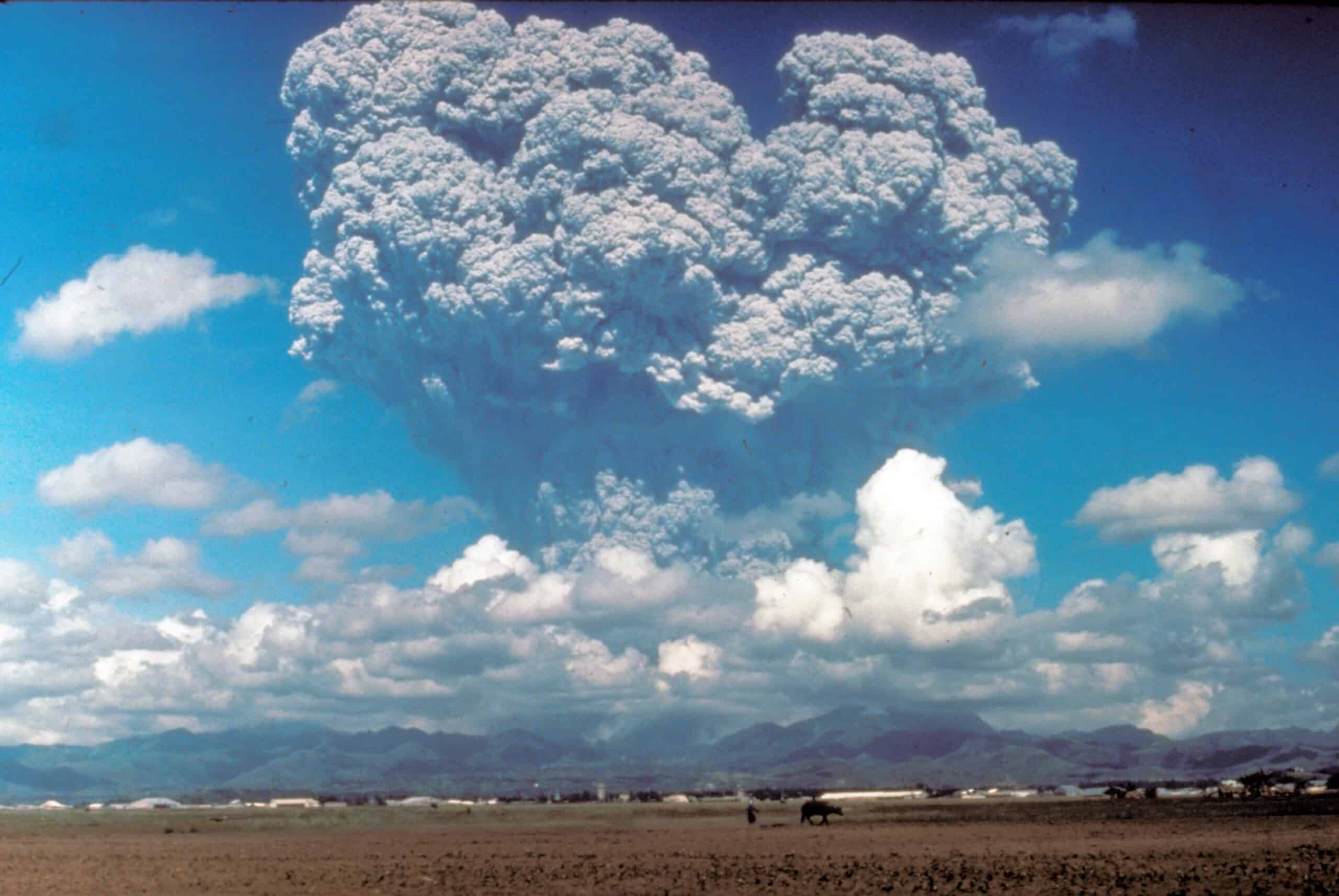
Today, with climate science now well established, a growing number of scientists are returning to Budyko’s old proposals. In the past few decades, new evidence has emerged that suggests the physical mechanism of dimming the sun works as he expected. When Mount Pinatubo erupted in the Philippines in 1991, it emitted 20 million tons of sulfur dioxide into the stratosphere. The sulfur combined with water to form sulfuric acid, forming a barrier of aerosolized droplets that reflected a small fraction of incoming solar radiation back into space. Global surface temperatures dipped by 0.5 degrees Celsius for about 18 months. Then the aerosols fell back to earth, just as Budyko’s calculations had predicted they would, and global temperatures resumed their warming trend.
Researchers today are paying more attention to SRM not only because it is intellectually exciting, but also because it promises a potential solution to potentially horrific ecological problems that climate change would create. As David Keith, director of Harvard’s Solar Geoengineering Research Program,4Keith’s Harvard group has received funding from various private donors, including Bill Gates. testified to Congress in 2009, “Solar engineering is like chemotherapy: no one wants it. It is far better to avoid carcinogens. But we all want the ability to do chemo and to understand its risks should we find ourselves with dangerous cancer.”
Even many American scientists who find the prospect of SRM terrifying believe that the U.S. government should increase funding for research. “We need to know as much as we can,” Robock told The Wire. “If future policy makers are going to consider implementation, they need evidence to make an informed decision.”
There seems to be no stopping the research enterprise. Indeed, the U.S., China, Russia, Australia and at least four dozen other countries are currently researching various geoengineering techniques, including SRM.
“It’s inevitable that some countries will look to geoengineering to ameliorate the worst effects of climate change,” says John Holdren, a research professor at Harvard University’s Kennedy School of Government and the former chief science advisor to President Barack Obama.
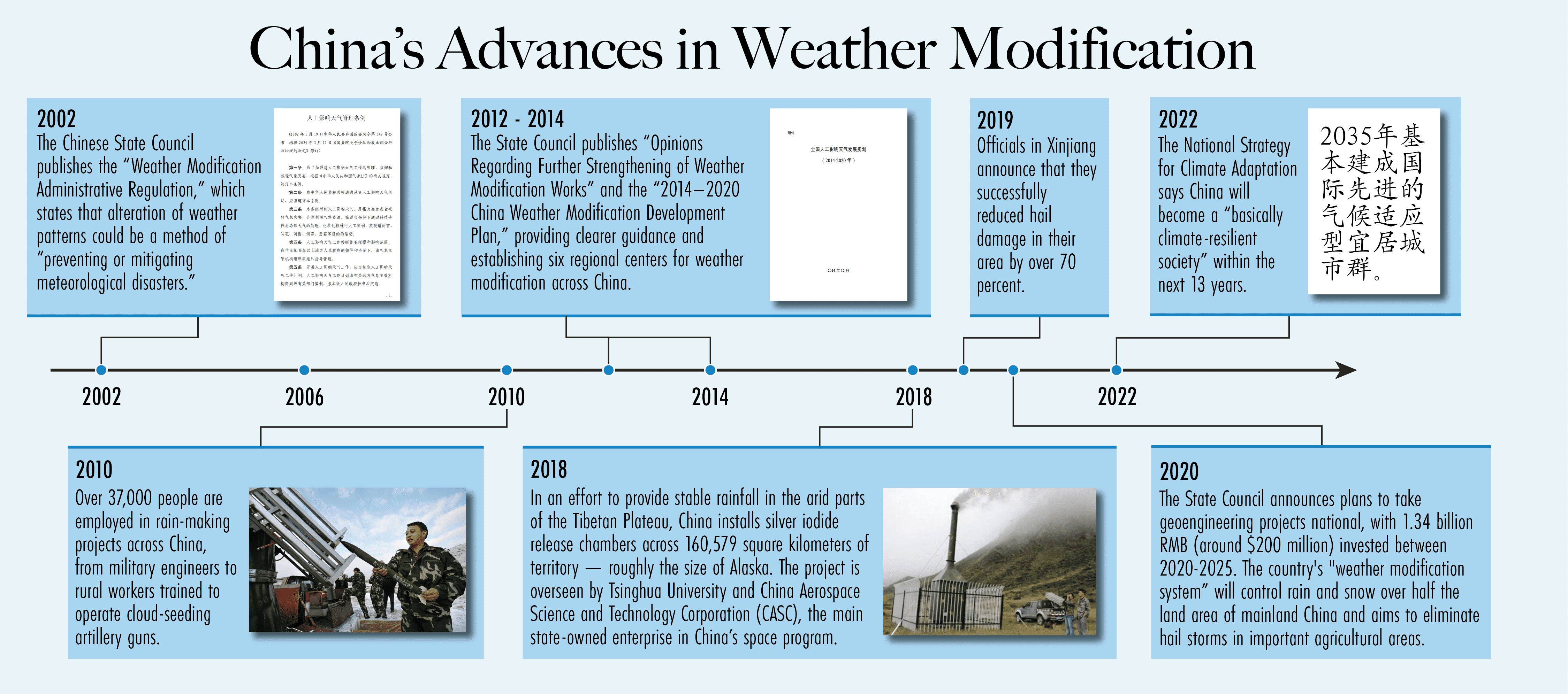
Surveys suggest that American and Chinese scientists think in similar ways about this issue, and want to collaborate with one another as much as possible. Unfortunately, politics and cultural misunderstandings have gotten in the way. According to publicly available sources, China spends less than the U.S. on SRM-related research. But it is not clear what research Beijing might be doing in secret. And because China has a demonstrated willingness to deploy smaller-scale geoengineering technologies, some observers fear that cultural differences are at play, and that, from a Chinese perspective, the jump to SRM is not actually so large.
A CGTN video covering how ‘Xi Jinping Thought of Ecological Civilization’ should be understood.
“The idea of geoengineering itself is not taboo at all in China,” says John Moore, a British climatologist who co-directs the geoengineering research group at Beijing Normal University, and has briefed Chinese authorities on the technology. Based on his experience, Moore thinks that most of the Chinese climatological community would be open to SRM as part of a basket of policy responses to climate change, so long as China can maintain a veto over how the international community deploys it.
Moore notes that the concept itself is compatible with “ecological civilization” (生态文明), Xi Jinping’s preferred philosophy for thinking about China’s climate adaptation strategy. “Western ideas see nature as an idealized virgin on a pedestal that must be either worshiped or exploited,” he told The Wire. “Ecological civilization takes a very different perspective. Man is a part of nature, and you can’t separate them out. They have to find a way to coexist.”
Chinese geoengineering experts insist that China has the right to modify the weather within its own borders however it sees fit. What makes SRM fundamentally different, they argue, is not that it could unleash unexpected ecological effects, but that it would impact other countries, and therefore cannot be done safely without coordination between countries. Pan Jiahua, a research fellow at the Chinese Academy of Social Sciences and a prominent expert on Chinese climate policy, wrote in 2012 that although SRM is a “promising” technology, it needs a “mutually binding global governance framework.”
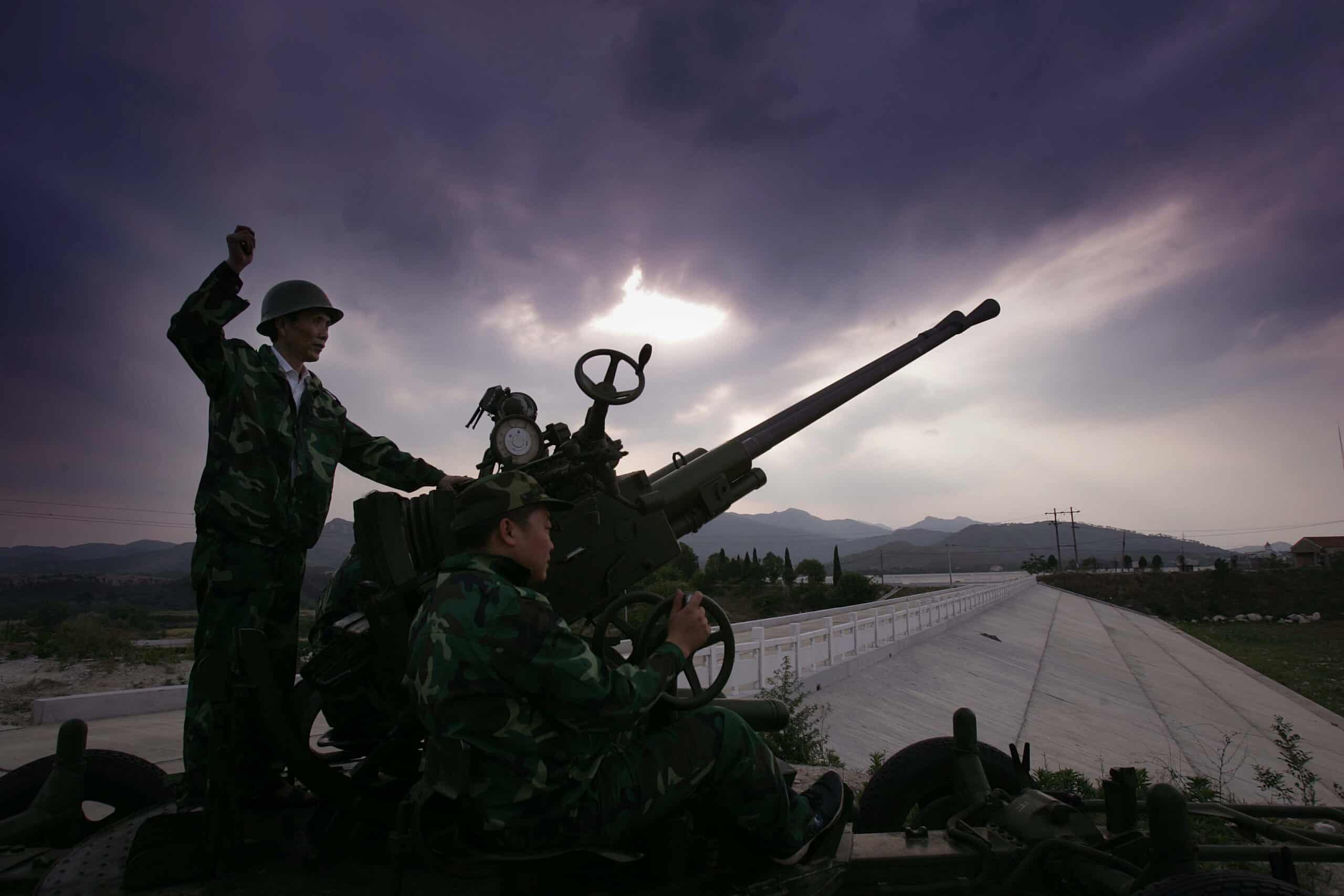
Chen Ying of the Chinese Academy of Social Sciences, an elite party think tank, and China’s most influential scholar of geoengineering policy, agrees. SRM, she has said, is a risky technology that “requires great caution” as well as a strict regulatory system that can work only if it is global in nature and anchored in a common understanding between China and the West.
Yet the Chinese distinction between local and global weather modification is fuzzy, since China is also moving ahead with its own SRM research. “Even small-scale outdoor scientific experiments are sensitive and easily attract international attention or even misunderstanding,” Chen has written. She argues that China must do more to “clarify that artificially influenced weather is fundamentally different from SRM,” in order to “avoid intentional or unintentional confusion by some Western countries.”
…if China wants a seat at the table in governing the use of the technology — and the ability to deter Washington from using it unilaterally — then it needs leverage. That requires mastering the technology as thoroughly as possible and developing the ability to deploy it.
Chen’s work doesn’t cite the U.S. by name. But it does discuss the possibility that unnamed countries might be tempted to use geoengineering to “maintain their hegemony” and, in the process, “exacerbate or create new international tensions and threaten global security.”
Chen has also said China has no choice but to keep up with Western countries on geoengineering research. As long as China lags behind technologically, she warns, “China’s voice will barely be heard in international discussions” about the governance of geoengineering.
If Chen is right, then geoengineering research today has a lot in common with Cold War research into strategically destabilizing technologies, such as tactical nuclear weapons, missile defense systems and intermediate-range ballistic missiles. Everyone believes that a negotiated solution will ultimately be necessary. But in the meantime, if China wants a seat at the table in governing the use of the technology — and the ability to deter Washington from using it unilaterally — then it needs leverage. That requires mastering the technology as thoroughly as possible and developing the ability to deploy it.
For now, then, the engineering arms race is just getting started.
BUILDING GUARDRAILS
Even though SRM technology is still at least a decade or two away from deployment, experts warn that the international community needs to start discussing governance approaches as soon as possible.

“If you want to weaponize the climate, you want to know for sure it will have more impact on your enemies than on you. We’re not at that stage yet with SRM,” says Chris Field of Stanford. “But if we ever reach that point, we need a global system for monitoring, reporting, and regulation. There have to be systems in place for managing distrust.”
Putting guardrails on the research and deployment of SRM will not be easy. The world’s most powerful countries will not just have to work through disagreements on the details of the regulation itself. They will also have to devise ways to enforce them.
In doing so, they will have to start almost entirely from scratch. International law currently imposes virtually no restrictions on the research and deployment of geoengineering, and the restrictions that do exist are full of gaping loopholes.
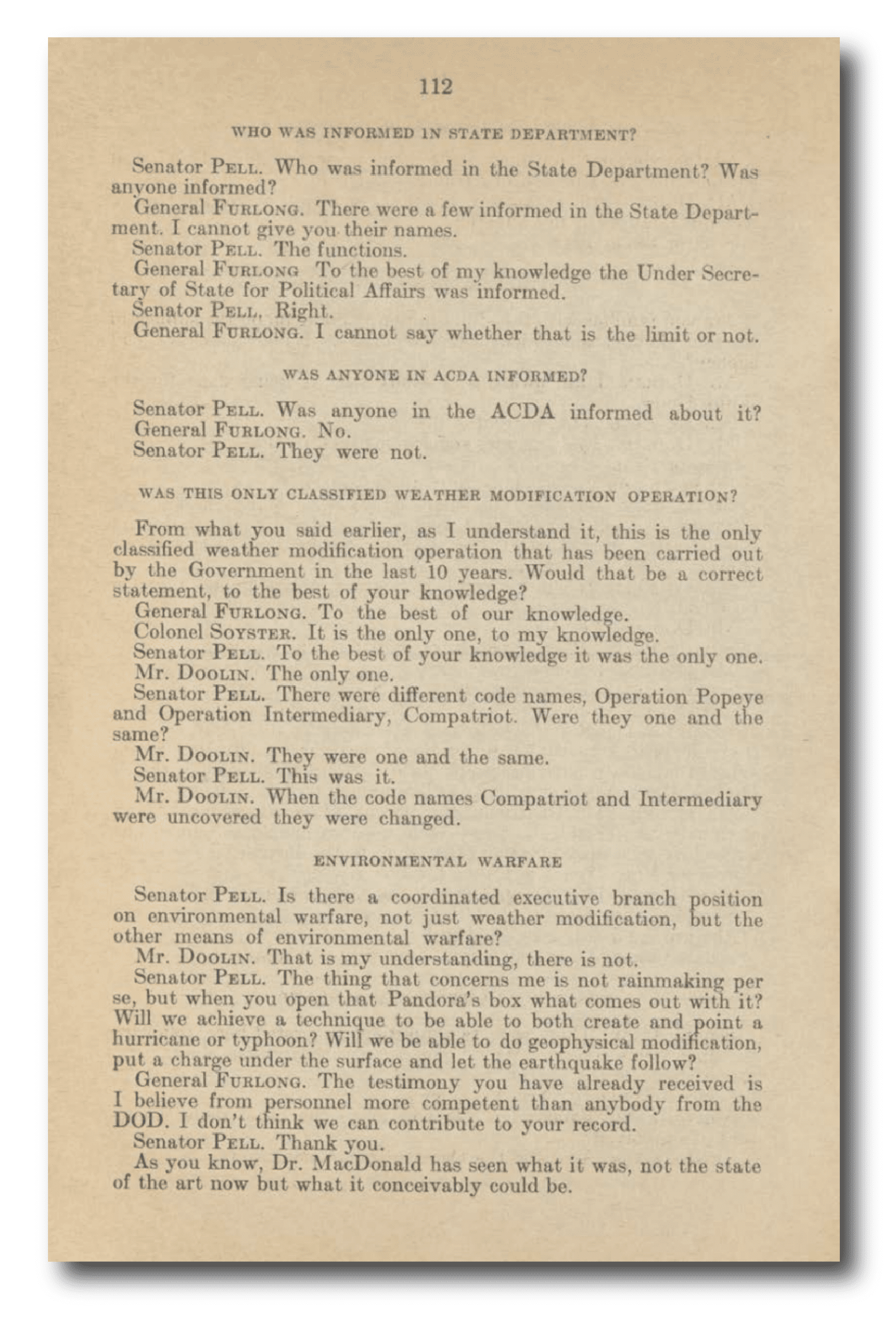
“If some country or someone attempts geoengineering, and another country thinks that will hurt them, there’s no immediately apparent dispute resolution mechanism,” says Michael Gerrard, director of the Sabin Center for Climate Change Law at Columbia Law School. “It has the potential to become very serious very quickly.”
Already, even without geoengineering, China’s blasé attitude towards changing or controlling nature has caused concern among its neighbors. Five major rivers that flow out of Tibet provide water to over a billion people in South and Southeast Asia. But Indian commentators have long fretted that China might use other hydraulic engineering techniques to divert these rivers away from India, putting pressure on New Delhi. There is precedent, they note: during the Vietnam War, the U.S. military’s Operation Popeye used cloud seeding to modify rainfall patterns in Cambodia and Laos to seize a military advantage.
After Operation Popeye, the U.S., China, India, Russia, and 44 other countries signed the Environmental Modification Convention (ENMOD) in 1977, which bans the “military or any other hostile use of environmental modification techniques, having widespread longstanding or severe effects, as the means of destruction, damage, or injury to any other state party.” But according to Gerrard, the treaty only applies if the country undertaking the geoengineering is acting with obviously hostile intent against an adversary. If it can claim that the destructive side effects on other countries are purely incidental, then ENMOD does not apply.
“Even if some countries had regulations forbidding the use of SRM, a pernicious billionaire who wanted to deploy it could simply base the operation in a country that didn’t have those laws, and that might be entirely legal,” says Field, of Stanford. “Terrifying, isn’t it?”
Moreover, international law has a spotty history of actually deterring powerful countries like the U.S., Russia and China from acting. To stop motivated countries from deploying global geoengineering technologies, many experts believe there needs to be binding political agreement as well. Without it, the risk of conflict is high. This is why the latest National Intelligence Estimate on climate change mentions geoengineering 14 times in just 20 pages. The document assesses that the “risk of unilateral geoengineering is increasing” and predicts that this will exacerbate interstate “tensions.” Deployment of SRM could create the possibility of “blowback,” including potentially great power war.
The question of how to govern geoengineering is a huge issue that is much larger than just the United States and China. But there needs to be a global framework to regulate it.
Li Shuo, senior campaigner at Greenpeace China.
“You can concoct some pretty horrific worst-case scenarios,” says Sherri Goodman, who served as first deputy undersecretary of defense in the Clinton administration and advises the Biden administration on climate security. “Even based on the open source material, I can tell you that there is a lot of ‘there’ there.”
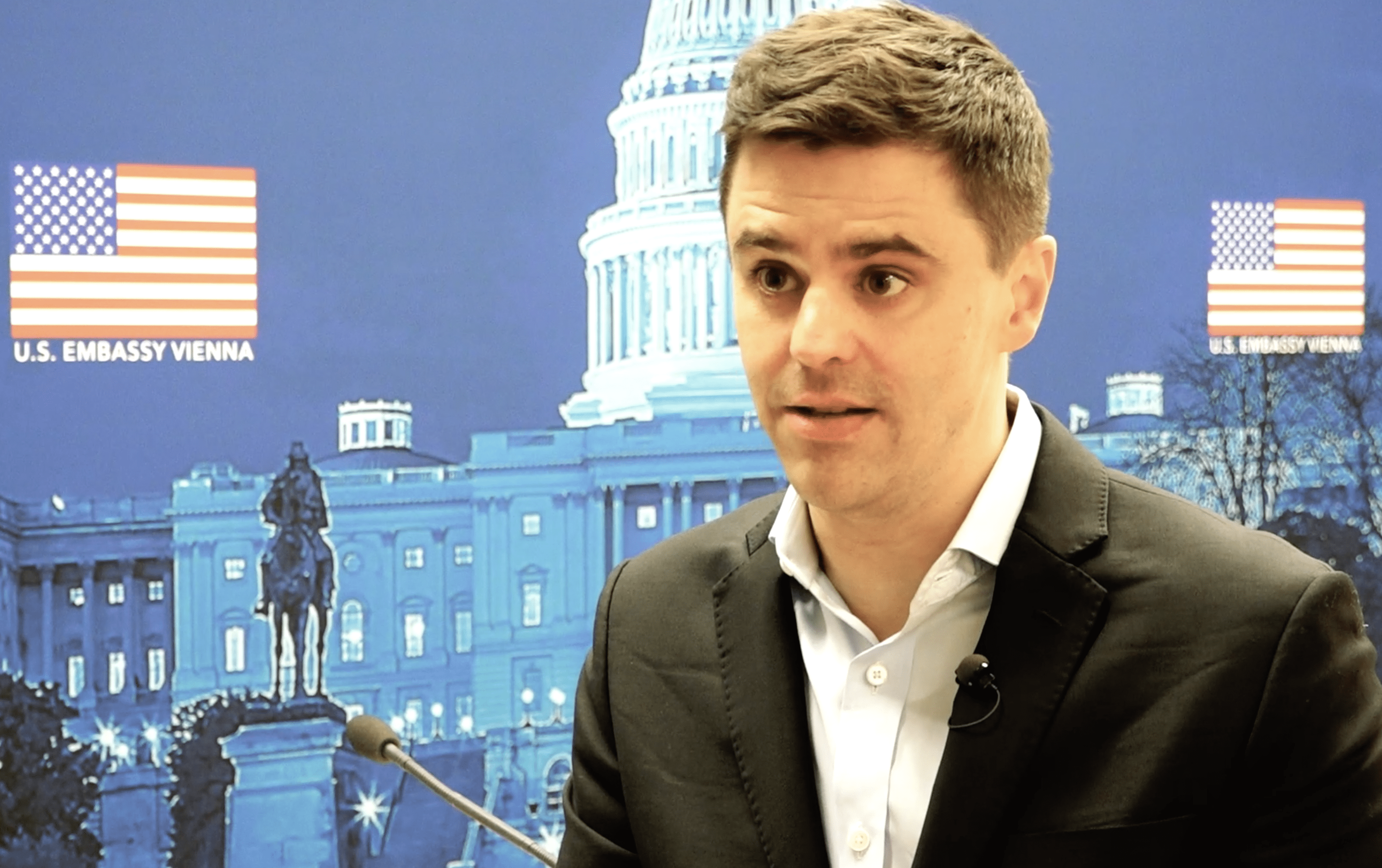
Security experts who study SRM believe that countries need to brace themselves. Gernot Wagner, a climate economist at Columbia Business School and author of Geoengineering: The Gamble, has shown with game theory that if SRM can be made to work for an affordable price, it is extremely likely that it will be deployed. “Solar geoengineering is not a question of if, but when,” he concludes. “There are few ifs and buts about it.” Wagner has also speculated that some countries might even use the threat of unilateral SRM to pressure other states to cut emissions faster.
Many assume the U.S. or China are most likely to deploy SRM first, since they have the most advanced research programs. But some experts warn that countries like India and Saudi Arabia could be more likely to consider unilateral deployment. Climate change is already exacerbating heat waves, droughts, and floods on the Indian subcontinent, and could soon impact agricultural production and fuel unrest and migration. Petro-economies like Saudi Arabia may also find geoengineering interesting because it would reduce the perceived urgency of transitioning away from fossil fuels.
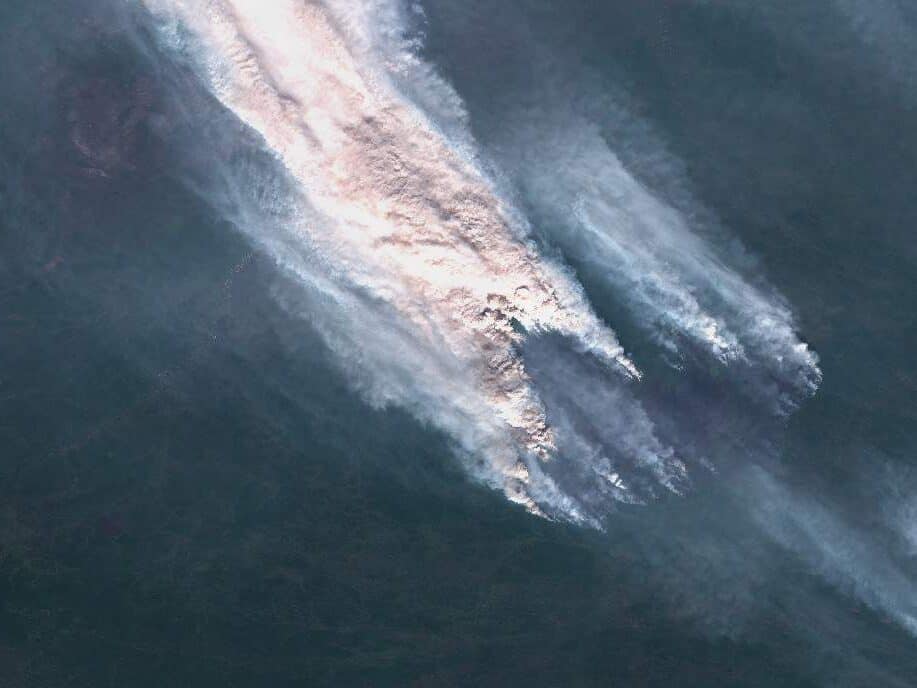
But the most likely candidate to deploy SRM may be the country that conceived of it in the first place. Russia is a latecomer to caring about climate change, since Vladimir Putin has long believed that a warming climate would be good for the country’s economy. But as temperatures in Russia warm more than twice as fast as the global average, natural disasters are compounding. Around 2019, amidst forest fires, flooding, and a major oil spill in Siberia, Russian elite opinion on climate began to shift — and Putin seemed to change his tune.
“It happened almost overnight,” says Tatiana Mitrova, a research fellow at Columbia University who was previously executive director of the Energy Center at the Moscow School of Management SKOLKOVO. “Local officials from the Russian Arctic were telling me that they were seeing explosions basically every week, with roads and bridges across major rivers shaking because the permafrost underneath them was being destabilized. All of a sudden, the governors started to ring the bell, and the big bosses realized that they had a problem.”

Russia lacks the financial resources and institutional capacity to adapt to these changes, especially as its economy reels from sanctions. Its economy also faces wrenching disruption over the next few decades as the global economy transitions away from fossil fuels.
The Russian scientific community’s interest in geoengineering did not die with Budyko. In 2005, Yuri Izrael, a former colleague of Budyko’s and the director of the Moscow-based Global Climate and Ecology Institute, wrote a letter to Putin urging him to resume research on geoengineering. Putin himself seemed to hint at geoengineering in cryptic remarks to the United Nations in 2015, when he called for tackling climate change with “fundamentally new, nature-like technologies that do not damage the surrounding world, but exist in harmony with it and allow us to restore the balance between the biosphere and the technosphere that has been disturbed by man.”
If Russia were to decide that it needs SRM to manage climate impacts within its own borders, the U.S. and its European allies would have little leverage to stop it. To make Moscow back down, they would almost certainly need help from Beijing.
“The question of how to govern geoengineering is a huge issue that is much larger than just the United States and China,” says Li Shuo, senior campaigner at Greenpeace China. “But there needs to be a global framework to regulate it. And if you were going to develop that, you would certainly need the U.S. and China to be on board.”
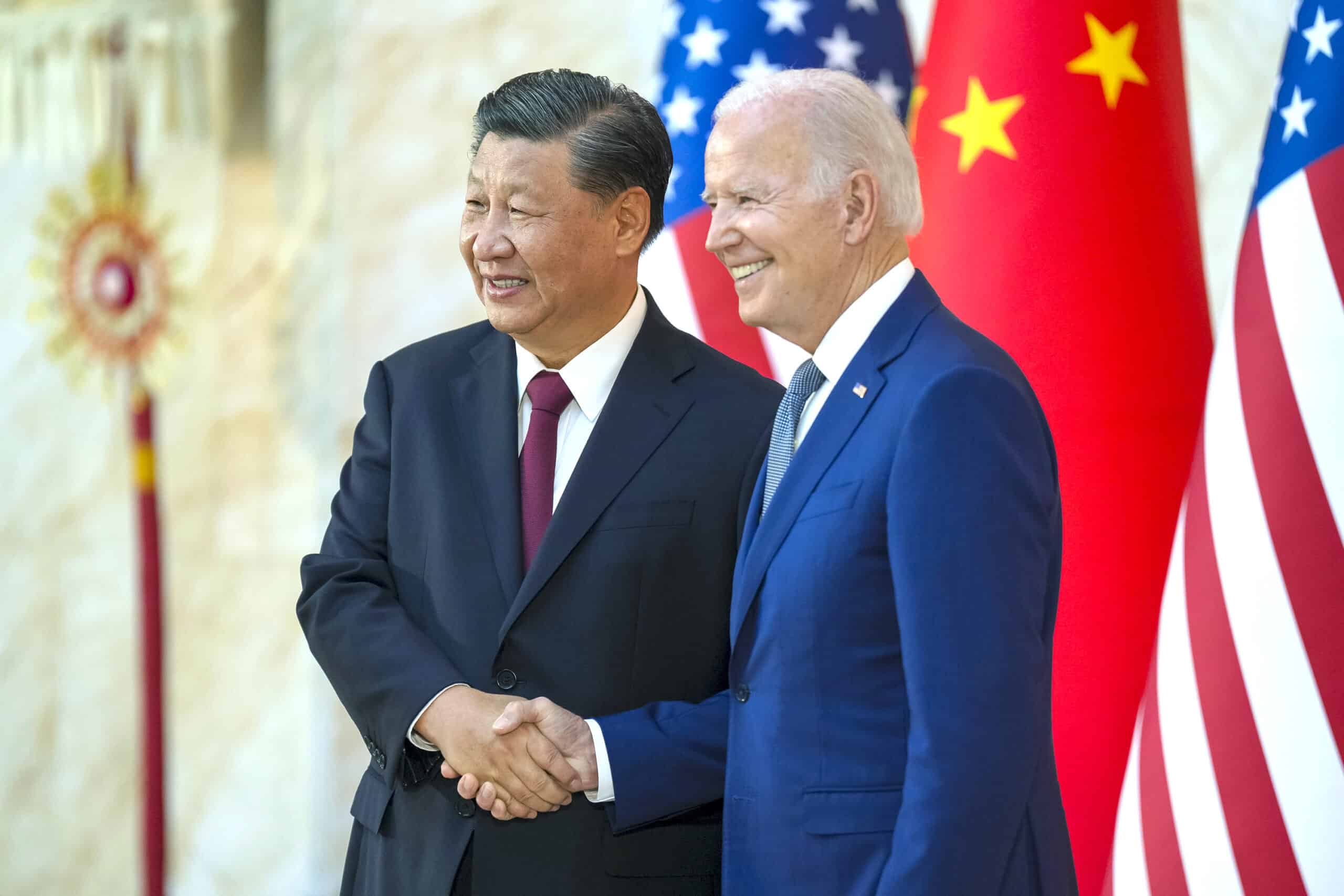
Fortunately, given what Chinese experts like Chen have written, it doesn’t seem like China would let a country like Russia roll the dice with the planet. In the short-term, then, the U.S. and China may be able to find common ground in terms of managing the feedback loop between climate change and geopolitics. Both countries, for instance, could increase their engagement through informal channels to strengthen relationships between geoengineering researchers, reassuring each other that neither side plans to weaponize the technology.
In the long-term, however, Washington and Beijing cannot successfully manage the risks of geoengineering without a much broader change in mindset.
“There ultimately needs to be a governance regime for geoengineering that resembles the Non-Proliferation Treaty,” says John Holdren of Harvard. “It’s hard to imagine, in today’s world, how we could create such a regime. Even a U.S.–China agreement on the subject might not be sufficient. But getting them on the same page would be a necessary first step.”
Foreign policy experts often describe the U.S.–China relationship as a “new Cold War.” The analogy is seductive, but it is misleading. In the nuclear age, the Americans and Soviets did not have to collaborate to prevent catastrophe; the threat of mutually assured destruction was deterrence enough.
Global Warming from 1880 to 2021. Credit: NASA’s Scientific Visualization Studio. Data provided by Robert B. Schmunk (NASA/GSFC GISS).
In the age of climate change, mutually assured destruction is already happening in slow motion. What we are living through now is not a cold war, but the early stages of a Warming War — starting off cold, but structurally set up to get hotter and hotter over time.
Unable to agree on a political solution to the problem of climate change mitigation, the world’s two largest emitters have begun to think about contingency plans for extreme warming scenarios. Adaptation to climate change begins with inward-focused investments to make the homeland more resilient. But it is ultimately destined to become geopolitical. From the polar regions to the deep sea, the U.S. and China are competing for resources, for allies, for security, and for power.
No country can win if global warming spins out of control, or if rogue actors are allowed to play havoc with the stratosphere in the name of growing oranges.
Both sides are already looking ahead to the warming to come, competing around the world to protect themselves from every conceivable climate-related risk. By the same token, the two superpowers will not hesitate, whenever possible, to exploit climate impacts when opportunities arise.
History suggests that Washington and Beijing are unlikely to start treating climate change as a special area of cooperation, sheltered from the ructions of their increasingly antagonistic relationship. But that does not mean they can’t build guardrails for the competition — norms, institutions, and lines of communication to prevent miscalculation and manage existential risk. No country can win if global warming spins out of control, or if rogue actors are allowed to play havoc with the stratosphere in the name of growing oranges.
Vladimir Putin, in a sober moment after a summer of climate disasters in 2019, said it best. “Any geopolitical, scientific and technical, and ideological rivalry in such conditions seems to lose its meaning if the winners will have nothing to breathe or nothing to quench their thirst.”

Eyck Freymann is a contributing writer and a columnist for The Wire. A joint postdoctoral research fellow at the Harvard Belfer Center Arctic Initiative and the Columbia–Harvard China & The World Program, he is the author of One Belt One Road: Chinese Power Meets the World (November 2020). @eyckfreymann




